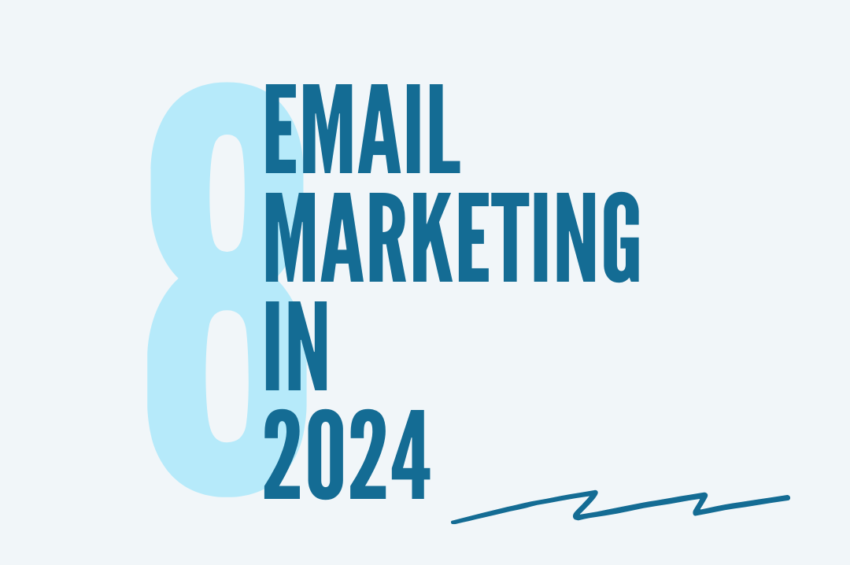
1. Introduction to Email Marketing
2. Benefits of Email Marketing
3. Building an Effective Email Marketing Strategy
4. Best Practices for Email Marketing Campaigns
5. Segmentation and Personalization in Email Marketing
6. Measuring Success and Key Metrics in Email Marketing
7. Email Marketing Tools and Platforms
8. Future Trends and Innovations in Email Marketing
Frequently Asked Questions (FAQ)
Email marketing has become an integral part of any successful marketing strategy in today’s digital landscape. This powerful tool allows businesses to communicate directly with their target audience, fostering engagement, building brand loyalty, and driving conversions. With its widespread reach, cost-effectiveness, and ability to deliver personalized content, email marketing has proven its effectiveness time and time again. In this article, we will explore the importance of email marketing, delve into its numerous benefits, discuss strategies for building effective campaigns, highlight best practices, examine the significance of segmentation and personalization, explore key metrics for measuring success, showcase popular email marketing tools and platforms, and examine future trends and innovations in this ever-evolving field. Whether you are a small business owner, a marketer, or an entrepreneur, understanding the importance of email marketing and how to harness its potential can significantly boost your marketing efforts and drive business growth.
1. Introduction to Email Marketing
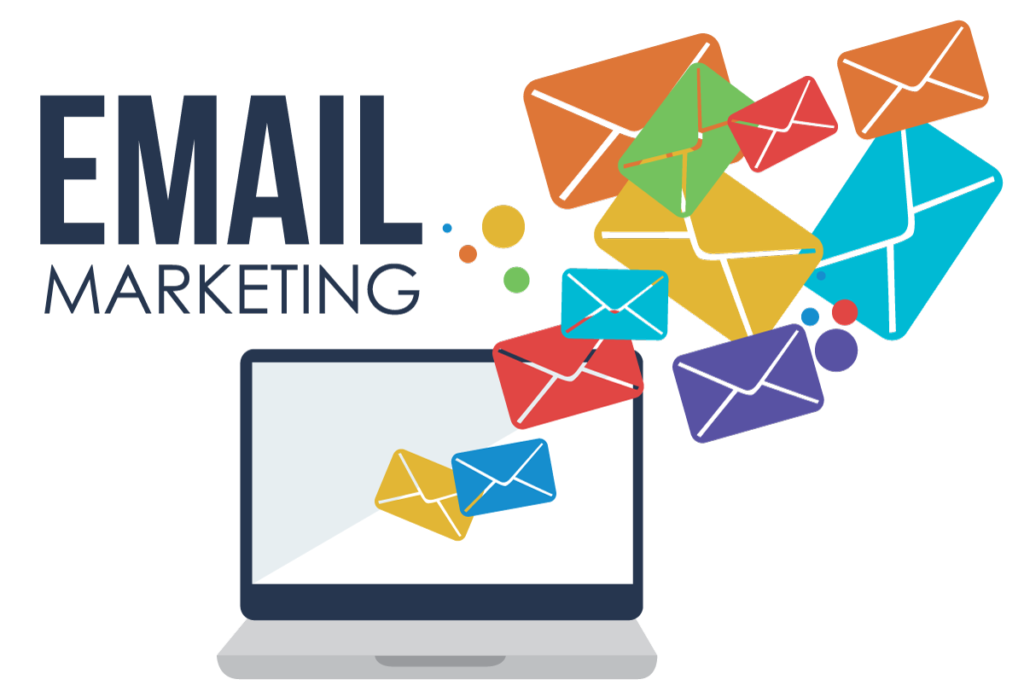
– What is Email Marketing?
Email marketing is like having a direct line to your audience’s inbox. It’s a marketing strategy that involves sending targeted emails to a group of people who have willingly shared their email addresses with you. Isn’t that nice?
– Evolution and Importance of Email Marketing
Email marketing has come a long way since the days of chain letters and spamming random addresses. It has evolved into a powerful tool for businesses to connect with their customers and boost their bottom line. In fact, studies have shown that email marketing has a higher return on investment (ROI) than other marketing channels. So it’s kind of a big deal.
2. Benefits of Email Marketing
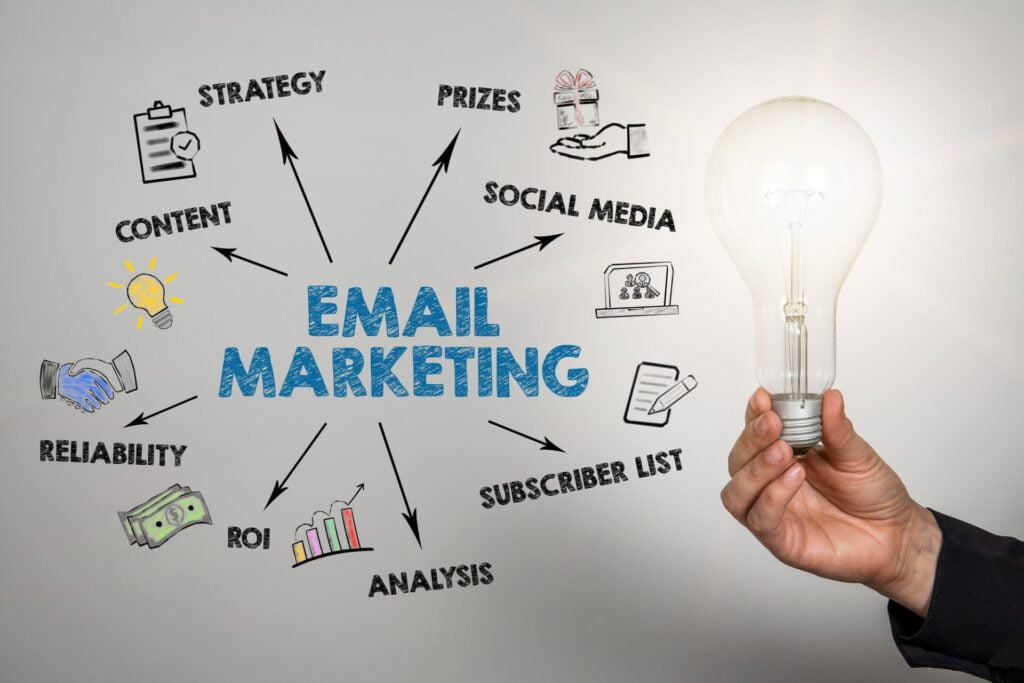
– Increased Reach and Audience Engagement
Email marketing allows you to reach a wider audience than just those who follow you on social media. Plus, people are more likely to engage with content in their inbox, where they have fewer distractions and more focused attention. It’s like having their undivided attention – except for that cute kitten video they stumbled upon.
– Cost-Effectiveness and High ROI
Email marketing is a cost-effective way to promote your business. You don’t need a big budget or fancy equipment to send emails. And the best part? It can deliver a high return on investment. It’s like getting a great deal on a pair of shoes – you feel smart and stylish at the same time.
– Targeted and Personalized Communication
With email marketing, you can segment your audience and send targeted messages based on their interests, behavior, or demographics. It’s like having a personal conversation with each subscriber, but without the awkward pauses and small talk.
3. Building an Effective Email Marketing Strategy
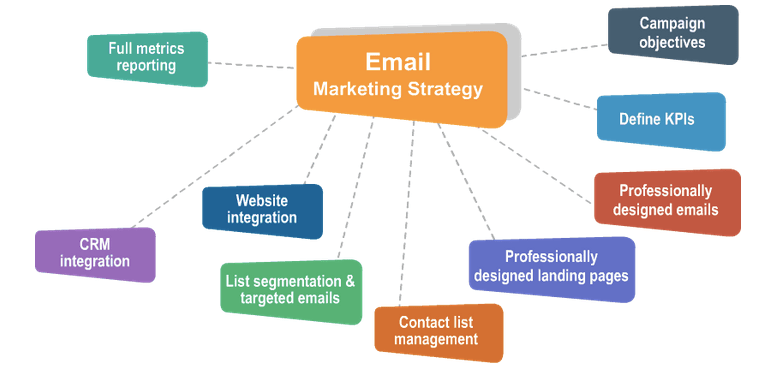
– Defining Goals and Objectives
Before you hit send on that first email, it’s important to define your goals and objectives. What do you want to achieve with your email marketing? More sales, brand awareness, customer loyalty? Get clear on your goals, and it will be easier to measure your success. It’s like having a roadmap to guide you through email marketing land.
– Identifying Target Audience and Segmentation
To make your email marketing efforts effective, you need to know who you’re talking to. Identify your target audience and segment them based on their preferences, behavior, or any other relevant factors. It’s like having a secret decoder ring that helps you tailor your messages to each subscriber.
– Creating Compelling Content
Nobody wants to read a boring email. Create compelling content that captivates your audience and adds value to their lives. Be informative, entertaining, or just plain irresistible. It’s like being the life of the party, but without the pressure to dance.
– Designing Effective Email Templates
Your email templates should be visually appealing and easy to navigate. Nobody wants to get lost in a jumbled mess of text and images. Keep it clean, organized, and on-brand. It’s like designing a cozy and stylish home for your email content.
4. Best Practices for Email Marketing Campaigns

– Building a High-Quality Email List
Focus on building a quality email list instead of just a big one. Quality beats quantity, my friend. Make sure your subscribers have opted-in and are genuinely interested in what you have to say. It’s like having a group of loyal friends who are excited to hear from you.
– Crafting Attention-Grabbing Subject Lines
The subject line is your email’s first impression. Make it count. Craft subject lines that are catchy, intriguing, and make people want to click “open.” It’s like having a fantastic headline on a magazine cover – you can’t help but pick it up.
– Optimizing Email Delivery and Timing
Timing is everything, especially in the world of email marketing. Pay attention to when your audience is most likely to check their inbox and schedule your emails accordingly. It’s like timing the perfect punchline in a joke – you want to catch them when they’re most receptive.
– A/B Testing and Continuous Improvement
Don’t settle for “good enough.” Test different elements of your emails, like subject lines, layouts, or calls to action, to see what works best for your audience. And remember, email marketing is not a one-time thing. Keep learning, adapting, and improving your campaigns. It’s like being a master chef who constantly tweaks their recipe to make it even more delicious.
5. Segmentation and Personalization in Email Marketing
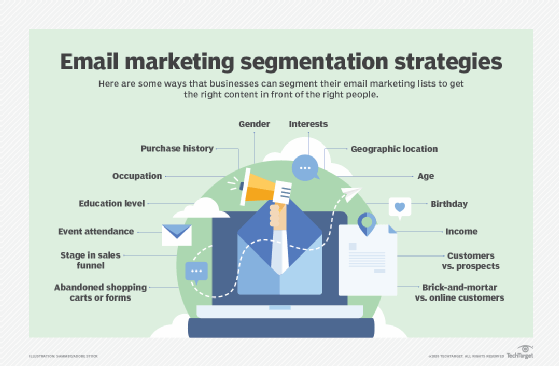
– Importance of Segmentation in Targeted Communication
When it comes to email marketing, one size does not fit all. That’s where segmentation comes in. By dividing your subscribers into different groups based on factors like demographics, interests, or purchasing behavior, you can create targeted email campaigns that are more relevant and engaging. Segmentation allows you to tailor your message to specific segments of your audience, increasing the chances of them opening, reading, and taking action on your emails.
– Personalization Techniques and Dynamic Content
Gone are the days of generic, one-size-fits-all email blasts. Personalization is the name of the game now. From addressing subscribers by their first name to recommending products based on their previous purchases, personalization techniques make your emails feel more individualized and less like mass marketing. Dynamic content takes it a step further by showing different content blocks based on each subscriber’s preferences or behavior, ensuring that your emails are highly relevant and personalized.
– Implementing Behavioral Triggers and Automation
Behavioral triggers and automation are like the superheroes of email marketing. By setting up triggers based on specific actions or events, such as abandoned carts or birthdays, you can automatically send personalized emails at the right time and in response to your subscribers’ behavior. Automation streamlines your email marketing efforts, allowing you to provide timely and targeted communication without manually sending each email. It saves time, increases efficiency, and helps nurture stronger relationships with your subscribers.
6. Measuring Success and Key Metrics in Email Marketing
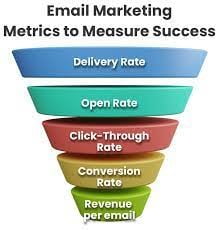
– Email Open and Click-Through Rates
Imagine you send an email and no one opens it. Feels like a party with no guests, right? That’s why measuring email open rates is crucial. It tells you how many people actually opened your email and shows the initial interest in your content. Click-through rates, on the other hand, let you know how many subscribers clicked on a link within your email. These metrics help you evaluate the effectiveness of your subject lines, email design, and overall engagement.
– Conversion Rates and Sales Attribution
While opens and clicks are great, what matters most is getting your subscribers to take action. Conversion rates help you track how many people completed a desired action, such as making a purchase or filling out a form, after clicking a link in your email. Understanding which emails lead to conversions allows you to optimize your content and design to drive better results. Furthermore, sales attribution helps you tie revenue back to specific email campaigns, giving you an idea of the return on your email marketing investment.
– Subscriber Growth and Churn Rates
Building and retaining a healthy subscriber base is essential for long-term success. Monitoring subscriber growth rates lets you assess the effectiveness of your list-building strategies, such as website opt-ins or lead magnets. On the other hand, churn rates indicate how many subscribers are leaving your list over time. By keeping an eye on churn rates, you can identify potential issues and take steps to improve retention, whether it’s by sending more engaging content or offering exclusive perks to loyal subscribers.
– Analyzing Engagement Metrics and User Behavior
Beyond the basic open and click rates, it’s important to dig deeper into engagement metrics. Metrics like time spent on email, scroll depth, or social shares can give you insights into how your subscribers are interacting with your content. Understanding user behavior helps you refine your email strategy, improve content relevancy, and create more engaging experiences. So, don’t just skim the surface; dive into the data to uncover valuable information about your audience’s preferences and interests.
7. Email Marketing Tools and Platforms
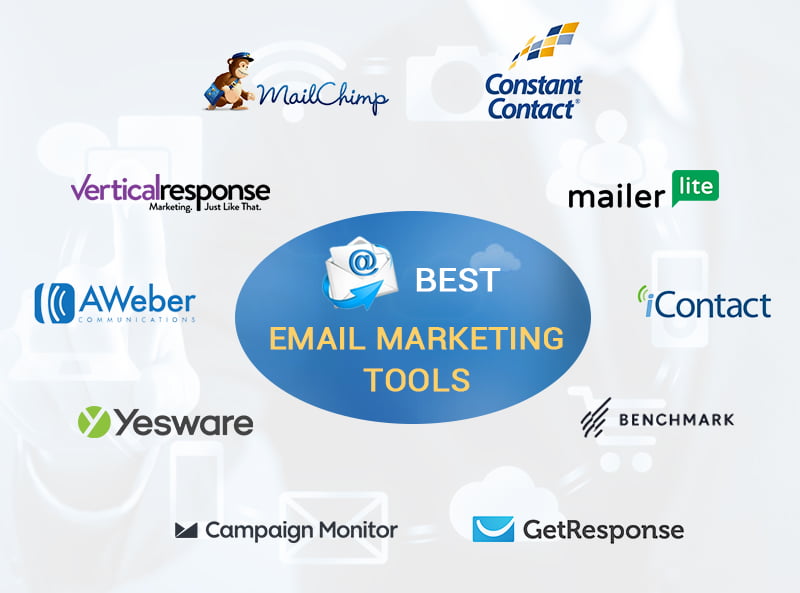
– Essential Features and Functionality
Choosing the right email marketing tool or platform can make all the difference in your email marketing game. Look for features like easy-to-use email editors, automation capabilities, list segmentation, and analytics. Integration with other marketing tools, such as customer relationship management (CRM) systems and marketing automation platforms, can also enhance your overall marketing efforts.
– Popular Email Marketing Tools Comparison
With so many email marketing tools available, it can be overwhelming to choose the right one for your business. Take your time to research and compare popular options like Mailchimp, Constant Contact, or Campaign Monitor. Consider factors like pricing, ease of use, scalability, and customer support to find the best fit for your needs.
– Integration with CRM and Marketing Automation
Email marketing shouldn’t exist in a silo. Integrating your email marketing efforts with a CRM system and marketing automation platform allows you to seamlessly manage your customer data, track campaigns, and automate workflows. This integration streamlines your marketing processes, enhances personalization, and ultimately helps you deliver a cohesive and consistent customer experience.
8. Future Trends and Innovations in Email Marketing

– AI-Powered Email Marketing
The future is here, and it’s powered by artificial intelligence (AI). AI can help you take email personalization to a whole new level. By analyzing data and user behavior, AI algorithms can automatically generate hyper-personalized recommendations for each individual subscriber. From subject lines to content suggestions, AI can optimize your email campaigns and deliver truly tailored experiences.
– Interactive and Dynamic Email Content
Static emails are so last decade. The future of email marketing lies in interactive and dynamic content. Imagine sending emails with interactive elements like quizzes, surveys, or GIFs that engage and entertain your subscribers. Dynamic content, such as countdown timers or live social media feeds, keeps your emails fresh and up to date. These innovative techniques capture attention, drive higher engagement, and make your emails stand out in crowded inboxes.
– Mobile-Optimized Email Strategies
Mobile devices have become an extension of our bodies, and email marketers need to adapt accordingly. With the majority of emails being opened on mobile devices, it’s crucial to optimize your emails for smaller screens. Responsive email design, concise and scannable content, and clear call-to-action buttons are key elements of a mobile-optimized email strategy. Don’t let your emails get lost in the tiny abyss – make them mobile-friendly and thumb-friendly.
Remember, in the ever-changing world of email marketing, staying up to date with trends and adopting innovative strategies can help you stay ahead of the curve and make your emails shine. So, put your personal touch, measure your success, choose the right tools, and embrace the exciting future of email marketing. Happy emailing!In conclusion, email marketing continues to play a vital role in the success of businesses across various industries. Its ability to reach a wide audience, deliver personalized content, and drive engagement and conversions makes it an essential tool in any comprehensive marketing strategy. By following best practices, staying up to date with industry trends, and utilizing the right email marketing tools and platforms, businesses can unlock the full potential of this powerful channel. As technology continues to advance, we can expect even more innovative features and strategies to enhance the effectiveness of email marketing. Embracing these advancements will enable businesses to stay ahead of the competition and forge stronger connections with their audience. So, start harnessing the power of email marketing today and propel your business towards greater success.
Frequently Asked Questions (FAQ)
1. How effective is email marketing compared to other marketing channels?
Email marketing consistently ranks as one of the most effective marketing channels. Studies have shown that it has a high ROI, with an average return of $42 for every $1 spent. Moreover, it allows businesses to directly reach their target audience, delivering personalized messages and fostering engagement, which can lead to increased conversions and brand loyalty.
2. Is it necessary to segment my email list?
Segmentation is crucial for effective email marketing. By dividing your email list into smaller, targeted segments based on factors such as demographics, preferences, and purchase history, you can deliver more relevant and personalized content to your subscribers. This leads to higher open and click-through rates, increased engagement, and improved overall campaign performance.
3. How do I measure the success of my email marketing campaigns?
Measuring the success of email marketing campaigns involves tracking key metrics such as open rates, click-through rates, conversion rates, and subscriber growth. By analyzing these metrics, you can determine the effectiveness of your campaigns, identify areas for improvement, and make data-driven decisions to optimize your email marketing strategy.
4. What are some best practices for creating compelling email content?
To create compelling email content, it is essential to focus on providing value to your subscribers. This can be achieved by crafting attention-grabbing subject lines, using personalized greetings, utilizing engaging visuals, and offering exclusive promotions or valuable information. It is also important to ensure your emails are mobile-friendly, concise, and easy to read, as many recipients access their emails on smartphones or tablets.



